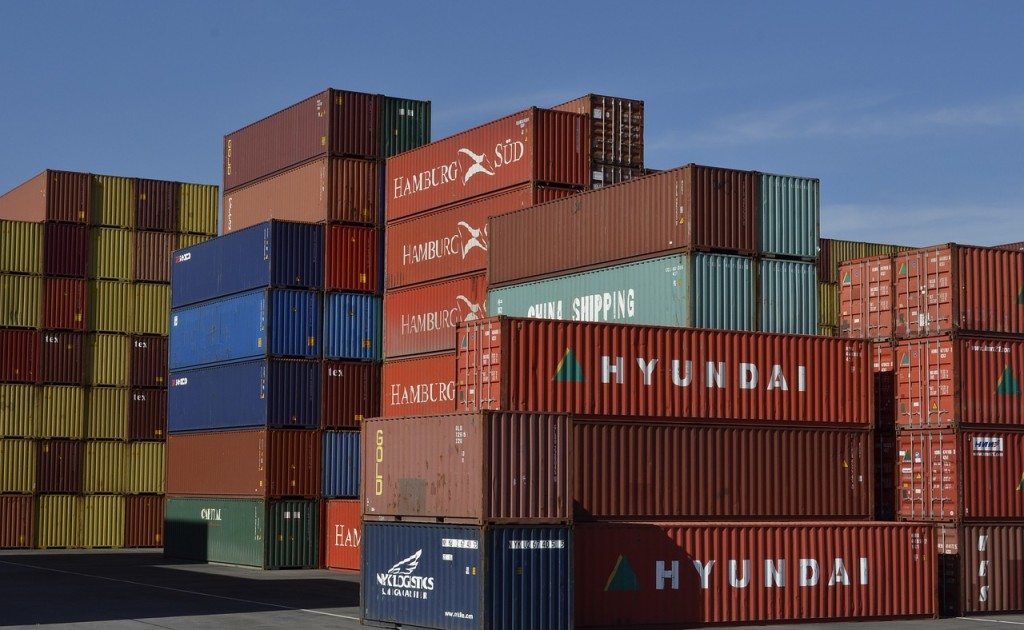Each level of streamlining and automation in the world of DevOps and containers seems to just create a need for a new level. Containers help developers create and deploy apps more effectively and efficiently, but then organizations find they need something to manage the hundreds and thousands of containers. That’s where a container management or container orchestration platform like Kubernetes 1.0 comes in.
I wrote this post about Kubernetes 1.0:
As Docker and other container platforms gather mainstream steam, organizations must now determine how they can manage all those containers efficiently. To address that challenge, Google developed Kubernetes, an open source container-orchestration system, and the project now has more than 400 contributors. Now that Google has officially released Kubernetes 1.0, the implication is that it’s ready to run production environments.
In many ways, containers simplify and streamline IT. App deployment, scaling, updating, and other elements can all be easily automated, and the container environment can be increased or decreased dynamically to meet demand. The challenge for organizations is how to effectively and efficiently manage massive inventories of containers at scale.
The vision for Kubernetes, “an open source orchestration system for Docker containers,” is respectable, but early versions of such systems are notoriously bad. The question organizations need to ask themselves is whether or not Kubernetes 1.0 is ready for wide-scale use in their production environments or if it makes more sense to wait for the next version or consider other container orchestration solutions.
But is it production-ready?
Dima Stopel, founder of Twistlock, says Kubernetes 1.0 can deliver. “At Twistlock we play with Kubernetes a lot. This is one of the main container infrastructures we support. In Kubernetes 1.0 we see significant API improvements, in addition to much better stability and scalability. It definitely makes it easier for companies with [a] large number of microservices to move from virtual-machines-based infrastructure to containers.”
The Kubernetes website describes it this way: “It handles scheduling onto nodes in a compute cluster and actively manages workloads to ensure that their state matches the user’s declared intentions. Using the concepts of ‘labels’ and ‘pods,’ it groups the containers which make up an application into logical units for easy management and discovery.”
Read the full story on TechBeacon: Does Kubernetes make containers ready for prime time?
- The Evolving Face of Ransomware — and How We Can Stay Ahead of It - August 15, 2025
- Why We Need to Treat AI Agents More Like Human Employees - August 13, 2025
- Why Data Must Be the Heart of Cybersecurity - August 8, 2025



